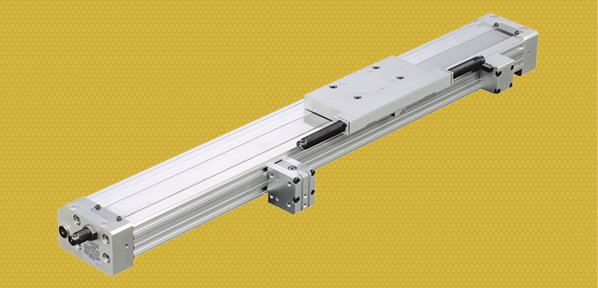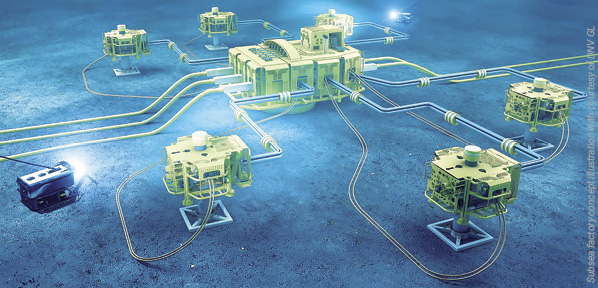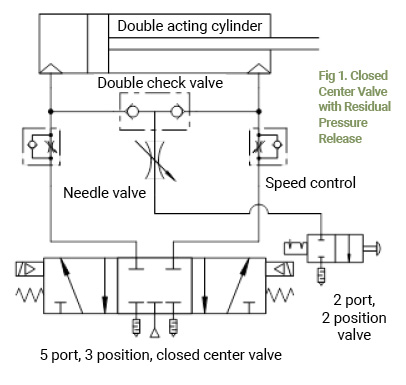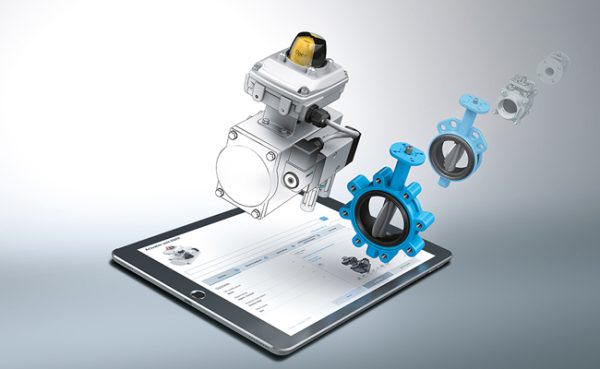How IIoT Is Impacting Fluid Power
 By Chloe Kirby
By Chloe Kirby
As the Industrial Internet of Things expands to all sectors of the working world, technology and automation transform the way machinery and systems operate. IIoT shows a growing influence in heavy industry, and fluid power is no exception.
There is great potential for hydraulic operations in the power of IIoT. Many working in fluid power see promise in IIoT’s potential to manage data as a means to improve operations. Digital elements in hydraulic operations and systems are leading to better efficiency and expanded abilities.
In 2021, you need a digital transformation strategy to optimize hydraulic operations. IIoT is proving to be highly transformational for fluid power.
Managing data
Managing complex hydraulic systems poses significant challenges. The everyday operations of these systems involve monitoring and management. But even the best industry experts encounter challenges that are hard to understand and resolve. For example, many of the conventional solenoid valves that control hydraulic flow run via a controller. They can be tough to monitor for changes in condition and efficiency. Thankfully, IIoT captures data that helps manage such systems.
Not unlike IoT device management, fluid power system managers can use data collected by already present diagnostic sensors. They collect information such as flow, voltage, and internal temperature to guide and adjust control features. IIoT provides seamless transfer of data to programs that process and analyze it, then deliver easy-to-read reports to operations managers.
Sensors that use IIoT can be included into current systems for expanded analysis. It’s easy to use these technologies today because work on these tools has been underway for some time. There’s never been a better opportunity to make the most of IIoT for fluid power management.
Other benefits
When it comes to utilizing IIoT for fluid power management, the benefits of recent technological advances in the industry are present in the new technology as well. One of the most impactful features of IIoT in this field is remote control of facilities. Systems in a facility that might not require as much hands-on work can now be managed effectively from a remote location. IIoT allows managers to bundle system operations and related devices together to control all aspects of a hydraulic system. From the actuator and valve controls to managing flow and other variables in real time, workers need not be on site to gather vital information.
The same goes for things like regular inspections of fluids and smaller parts associated with vital equipment. On-site engineers can keep an eye on some elements of operation, but it’s unlikely that there are enough engineers present to manage every element of the facility. This is where IIoT becomes a vital resource, sending operational data directly to managers who can monitor and address issues when they come up.
IIoT can tell us things about a system that human operators might not regularly spot. Likewise, anything from gas leaks and machine slowdowns are trackable, ensuring that managers get ahead of an issue before it leads to a shutdown or further headaches. It’s not just about failures either. Managing suboptimal operations ensures more efficiency and improves control over what occurs in machinery throughout the day.
There’s still room for IIoT technology to expand within fluid power. That said, now is the perfect time to leverage IIoT and get started using these tools during everyday operations. By familiarizing yourself now, you can reap the benefits of new features and resources.
Chloe Kirby is a writer for Blue Label Labs. For more information, visit www.bluelabellabs.com/.







